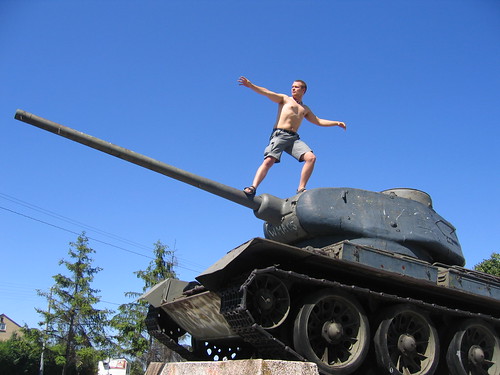Swarms and networks in modern warfare
Foreign Policy has a feature on the New Rules of War which talks about how warfare is transitioning to networked small units working together:
Liddell Hart, writing in 1935, predicted that at some point "the old concentration of force is likely to be replaced by an intangibly ubiquitous distribution of force -- pressing everywhere, yet assailable nowhere."
Now, swarming is making a comeback, but at a time when few organized militaries are willing or able to recognize its return. For the implications of this development -- most notably, that fighting units in very small numbers can do amazing things if used to swarm -- are profoundly destabilizing. The most radical change is this: Standing armies can be sharply reduced in size, if properly reconfigured and trained to fight in this manner. Instead of continually "surging" large numbers of troops to trouble spots, the basic response of a swarm force would be to go swiftly, in small numbers, and strike the attackers at many points. In the future, it will take a swarm to defeat a swarm.
This is actually quite close to what appears to be the Finnish doctrine. Small units or two-man fireteams navigating their way in the deep woods to converge on set objectives. When practicing with anti-tank weaponry there we used to disassemble the big missile systems and carry them on our backs, while Americans carry the same tools on humvees.
The idea of microenterprise applied to warfare. John Robb even called it "Open Source warfare".
